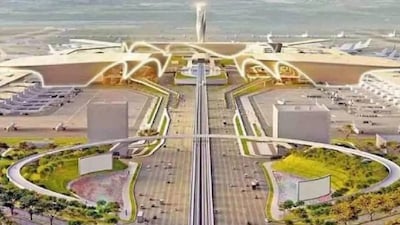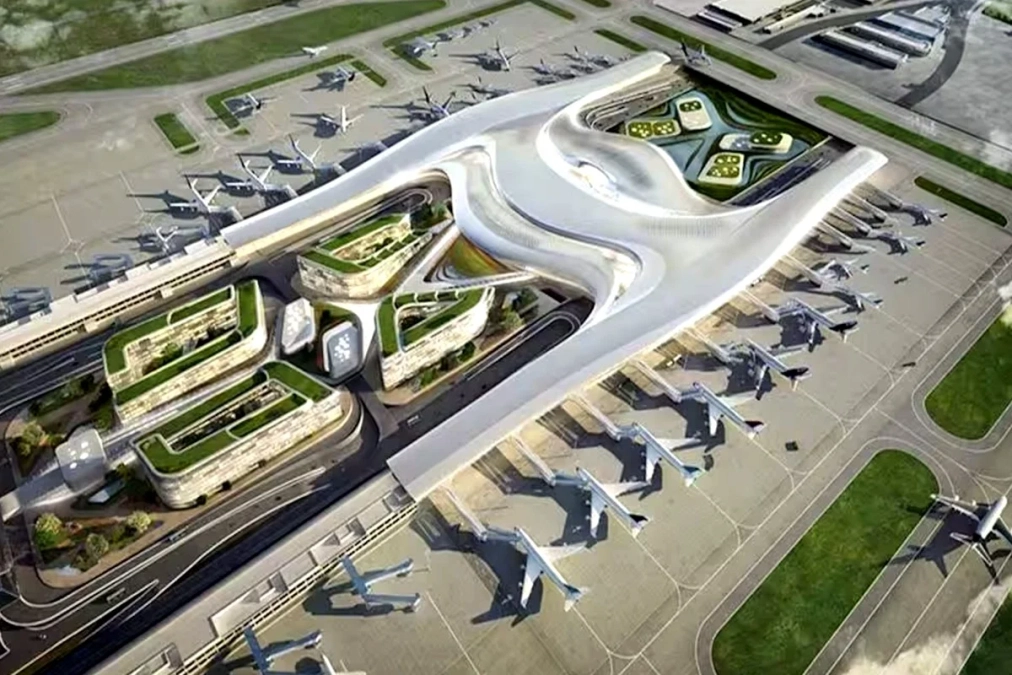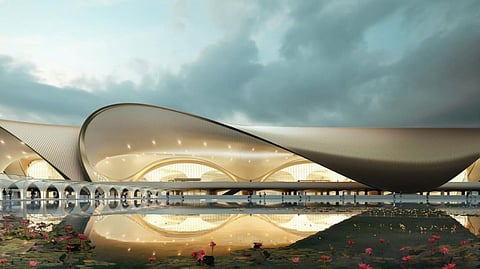Mumbai is about to get a world-class new international gateway. The much-awaited Navi Mumbai International Airport (NMIA), located near Ulwe and Panvel, is scheduled to begin operations at the end of September, transforming the city’s aviation landscape.
A Twin-Airport System Like Dubai and New York
NMIA will operate alongside the existing Chhatrapati Shivaji Maharaj International Airport (CSMIA), creating India’s first large-scale twin-airport network — on par with Dubai (DXB–DWC) and New York (JFK–Newark).
Spanning nearly 2,865 acres, the first phase of NMIA features Terminal 1, already complete and capable of handling 20 million passengers annually. By 2032, the airport plans to expand to four terminals with the capacity to manage up to 90 million passengers every year.

World-Class Design and Amenities
◆Terminal 1 features a stunning lotus-inspired roof, massive glass façades for natural light, and cutting-edge infrastructure such as:
◆Automated kiosks and biometric check-in
◆Smart security lanes and fast baggage claim
◆Spacious lounges with runway views
◆A wide selection of dining courts, from Mumbai street food to international cuisine
An integrated Aero City with retail, hospitality, and logistics hubs will complement the airport. Passengers can also expect free Wi-Fi, family lounges, business pods, and digital navigation tools.

Cargo and Business Aviation Boost
Beyond passengers, NMIA will be a major cargo hub with an initial capacity of 800,000 tonnes annually, supporting pharmaceuticals, perishables, and e-commerce supply chains. It will also host India’s largest general aviation terminal, around 75 aircraft stands, and a heliport for scheduled and unscheduled flights.
Seamless Connectivity to Mumbai
NMIA will be linked to Mumbai via multiple high-speed connections, including the Mumbai Trans Harbour Link, new metro lines, suburban rail, and major highways. Together, CSMIA and NMIA will enable Mumbai to accommodate 145–150 million passengers a year, boosting jobs, tourism, corporate investment, and real estate growth across the region.


